- Home
- Articles
- Architectural Portfolio
- Architectral Presentation
- Inspirational Stories
- Architecture News
- Visualization
- BIM Industry
- Facade Design
- Parametric Design
- Career
- Landscape Architecture
- Construction
- Artificial Intelligence
- Sketching
- Design Softwares
- Diagrams
- Writing
- Architectural Tips
- Sustainability
- Courses
- Concept
- Technology
- History & Heritage
- Future of Architecture
- Guides & How-To
- Art & Culture
- Projects
- Interior Design
- Competitions
- Jobs
- Store
- Tools
- More
- Home
- Articles
- Architectural Portfolio
- Architectral Presentation
- Inspirational Stories
- Architecture News
- Visualization
- BIM Industry
- Facade Design
- Parametric Design
- Career
- Landscape Architecture
- Construction
- Artificial Intelligence
- Sketching
- Design Softwares
- Diagrams
- Writing
- Architectural Tips
- Sustainability
- Courses
- Concept
- Technology
- History & Heritage
- Future of Architecture
- Guides & How-To
- Art & Culture
- Projects
- Interior Design
- Competitions
- Jobs
- Store
- Tools
- More
The Role of Roof Geometry in Passive Cooling for Contemporary Homes

Most homeowners think of roofs as functional shields—something to keep the rain out, maybe hold some solar panels, and match the style of the house. But in the world of climate-conscious design, your roof does a lot more than protect you from the weather. It can actively shape how comfortable your home feels on the hottest days of the year.
We’re in a new era where energy costs are soaring, heat waves are intensifying, and sustainability is no longer a niche concern—it’s a design requirement. Passive cooling strategies, which reduce indoor temperatures without relying on air conditioning or fans, are rising in importance. And your roof? It’s one of the most powerful yet often overlooked tools in that arsenal.
Roof geometry—its shape, slope, and orientation—can either trap heat inside or let it escape naturally. The right design choices don’t just enhance thermal comfort—they can cut energy bills, reduce your home’s carbon footprint, and improve long-term livability. But smart design on paper isn’t enough. It takes skilled roofing contractors who understand both aesthetics and airflow to translate these passive principles into a high-performance structure.
Table of Contents
ToggleThe Science Behind Passive Cooling
Let’s start with the basics.
Passive cooling refers to architectural strategies that lower indoor temperatures without mechanical systems. No fans. No air conditioning. Just smart design, strategic orientation, and good materials.
At the heart of passive cooling is the principle of airflow—using natural convection to flush warm air out of a building while drawing in cooler air. This is often referred to as the stack effect: hot air rises and escapes through high openings, pulling cooler air from below. Roofs play a pivotal role in this system.

Why Roofs Matter
A poorly designed roof traps heat. A smartly designed one releases it.
The shape, slope, orientation, and even material of your roof can either stifle or stimulate airflow. Steep pitches, vented ridges, overhangs, and clerestories can accelerate natural ventilation. Flat or poorly ventilated roofs, on the other hand, become heat sinks.
The science isn’t new, but the stakes are higher than ever. With rising global temperatures and skyrocketing energy bills, your roof isn’t just part of the architecture—it’s part of the solution.
How Roof Shapes Influence Airflow and Heat Escape
Think of your roof as a funnel—or a valve. The way it’s shaped determines whether heat gets trapped inside your home or whisked away efficiently.
1. Gable Roofs: Reliable and Vent-Friendly
Gable roofs—the classic triangle shape—naturally support cross ventilation. When paired with ridge and soffit vents, they allow warm air to escape through the peak while drawing in cooler air from below.
Add roof overhangs, and you gain shade for your windows, reducing solar gain even further.
2. Hip Roofs: Great Looks, Tough Ventilation
Hip roofs slope on all four sides and tend to be more aerodynamic, which is great for storm resistance. But they’re harder to ventilate. You’ll need ridge vents, power vents, or passive turbine systems to ensure effective airflow.
3. Butterfly Roofs: A Natural Air Catcher
Once considered futuristic, butterfly roofs (two opposing slopes that meet at a central valley) are coming back. They’re fantastic for rainwater harvesting—and for capturing cooling breezes when oriented correctly. Just beware: poor drainage can be a problem without expert detailing.
4. Clerestory Roofs: Light + Ventilation
Clerestory designs include vertical walls with windows between different roof levels. These openings allow hot air to escape while bringing in light. They’re often used in passive house designs for their dual benefit of daylight and ventilation.
5. Flat Roofs: Modern Looks, High Stakes
Flat roofs dominate modern design aesthetics but are the hardest to cool passively. They absorb heat unless well-insulated or finished with reflective materials. You’ll need to lean heavily on ventilation and smart material choices.

Performance Tip: Pair Shape With Ventilation
Your roof’s shape is only part of the puzzle. Without proper venting—ridge vents, soffit vents, turbine vents, or solar-powered fans—even the best geometry falls short.
Orientation and Material: The Passive Cooling Double Play
A well-designed roof considers not just shape, but direction.
1. Orientation: Think Like the Sun
In most parts of the Northern Hemisphere, orienting roof surfaces to the south allows for strategic solar control. In hot climates, minimizing west-facing exposure is key—this is when the sun is most intense and indoor temperatures peak.
Roofs that slope to the south can support solar panels. Roofs that extend east-west can help balance morning and afternoon temperatures.
2. Pitch and Angle
A steeper pitch helps heat rise and escape faster, especially when paired with venting at the peak. Shallow roofs might retain more heat unless vented aggressively.
In tropical climates, ventilated attics with steep roofs and large overhangs perform best.
3. Material Matters
Roofing materials vary wildly in thermal performance. Here’s how to make smart choices:
- Cool roof coatings. Reflect solar radiation, lowering surface temperatures by up to 50°F.
- Metal roofs: With reflective coatings, they bounce sunlight and cool quickly at night.
- Clay tiles. Common in hot climates for a reason—good insulation and heat resistance.
- Green roofs. Soil and vegetation absorb heat and insulate. They’re costly, but effective.
- Shingles. Asphalt shingles are cheap but heat-trapping. Only make sense with heavy attic insulation and good ventilation.
When done right, the combination of orientation and materials can reduce cooling loads by 15–30%.
Modern Applications in Contemporary Architecture
Passive cooling isn’t a sacrifice. It’s an opportunity to design smarter, more comfortable spaces—especially in the era of contemporary, minimalist architecture.
Case Study: The Passive Butterfly Home
In McLean, Virginia, a modern home shows how smart roof design reduces reliance on air conditioning. The structure uses steep gable and clerestory roofs to support natural ventilation—hot air escapes through upper clerestory windows while cooler air flows in from shaded lower openings. It’s a standout example of what’s possible with thoughtful roofing in McLean, VA.
Extended overhangs block harsh summer sun, while a reflective metal roof deflects solar heat and cools quickly at night. Insulated roof sheathing prevents heat buildup, maintaining a stable interior temperature.
Even during 90°F+ days, the home stays comfortable with minimal mechanical cooling. The owners report a 40% drop in summer energy use compared to a similarly sized home—proof that roof geometry can deliver real climate control benefits.
Trends in Sustainable Roof Design
- Solar-ready geometry. Roofs angled for optimal panel performance and passive shading
- Integrated ridge venting. Disguised but highly effective in minimalist designs
- Dual-use spaces. Roof terraces and green roofs that cool and entertain
- Smart material selection. Using local, high-performance, low-maintenance materials
Modern passive design is about precision—not compromise. You can have beauty, comfort, and performance in the same package.
Why Roofing Contractors Are Essential in the Execution
Designing a passive roof is only half the job. Execution is everything.
The Role of the Contractor
Expert roofing contractors turn sketches into structures. That means:
- Selecting appropriate venting systems for local climates
- Installing materials with correct gaps, insulation, and air sealing
- Understanding local building codes and weather patterns
- Advising on real-world trade-offs between performance and cost

A single installation mistake—like blocked soffit vents or improper flashing—can negate all the passive benefits.
What to Ask Your Roofer
- Have you installed roofs for passive cooling before?
- How do you approach ridge and soffit venting in this climate?
- What materials do you recommend for durability and heat resistance?
- Can you show examples of similar work you’ve done?
Roofing is a precision trade. Make sure your contractor understands not just construction—but climate science.
Conclusion
The future of home cooling isn’t mechanical—it’s architectural. Roof geometry, when approached with purpose, becomes one of your home’s most powerful passive cooling systems.
It’s not about one magic roof shape or miracle material. It’s about synergy: shape, orientation, venting, and material—all working together to keep you cool. And while great architecture starts on paper, it lives or dies in the hands of the people who build it.
If you’re designing or renovating a contemporary home, don’t treat the roof as an afterthought. Bring your roofing contractor into the conversation early. The right partner won’t just build what you draw—they’ll enhance it.
A well-designed roof can lower your energy bills, improve your comfort, and extend the life of your home. And best of all? It does so silently, naturally, and beautifully.
illustrarch is your daily dose of architecture. Leading community designed for all lovers of illustration and #drawing.
Submit your architectural projects
Follow these steps for submission your project. Submission FormLatest Posts
Chandelier Light vs Ceiling Lights: Which Decorative Lighting Works Best for UAE Homes in Winter?
Winter in the UAE doesn’t arrive loudly. It doesn’t announce itself with...
Marketing for Architects: How Firms Are Getting More Clients Without Chasing Leads
Architectural marketing has changed in important ways. Referrals and reputation still matter,...
8 Innovative Apartment Design Ideas from the USA
Apartment design in the United States is rapidly evolving, with architects and...
Tips for Using Runners to Transform Hallways and Spaces
Hallways work hard. They handle daily foot traffic, muddy shoes, and the...





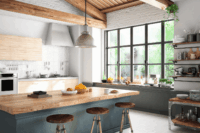


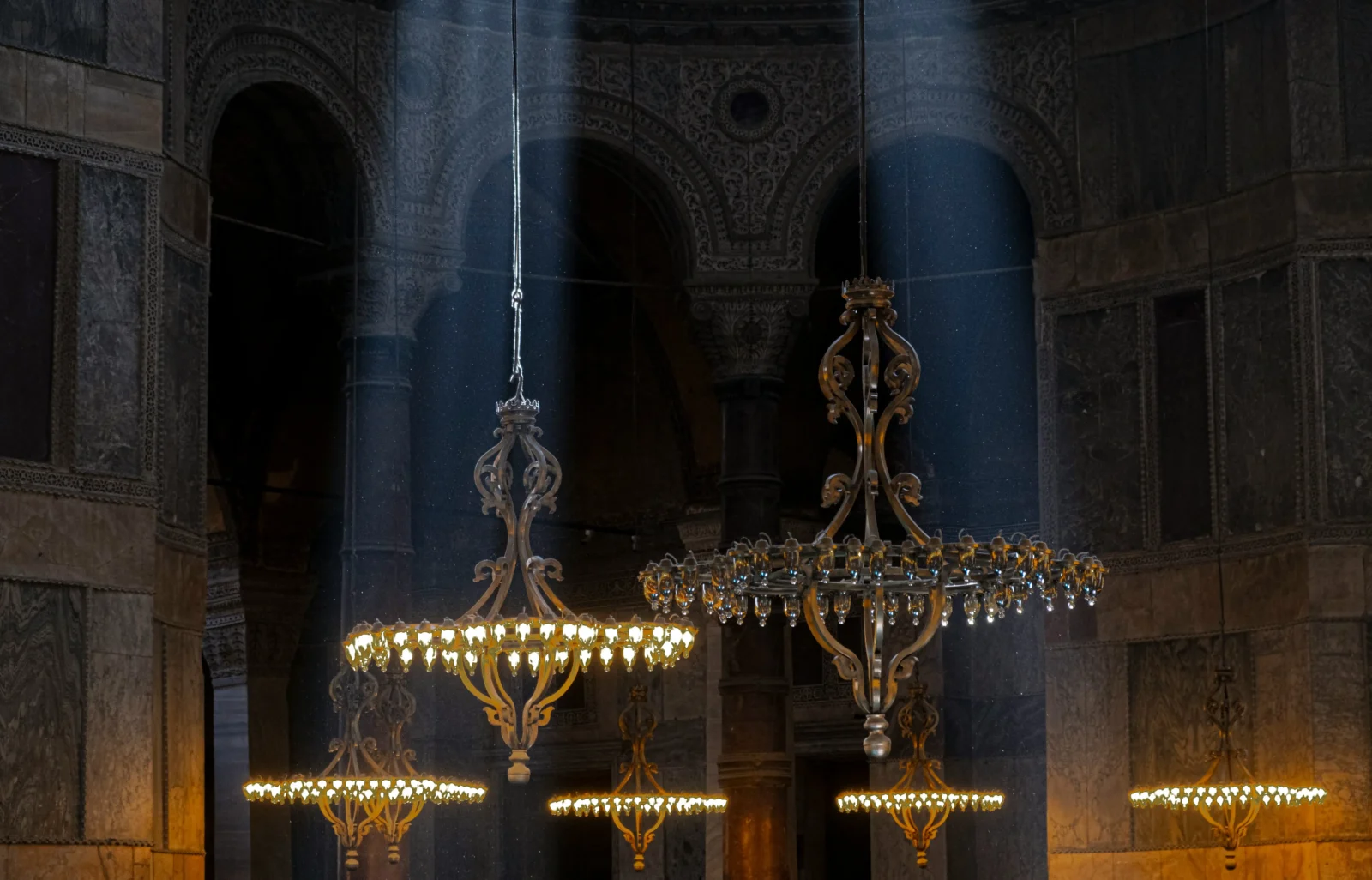
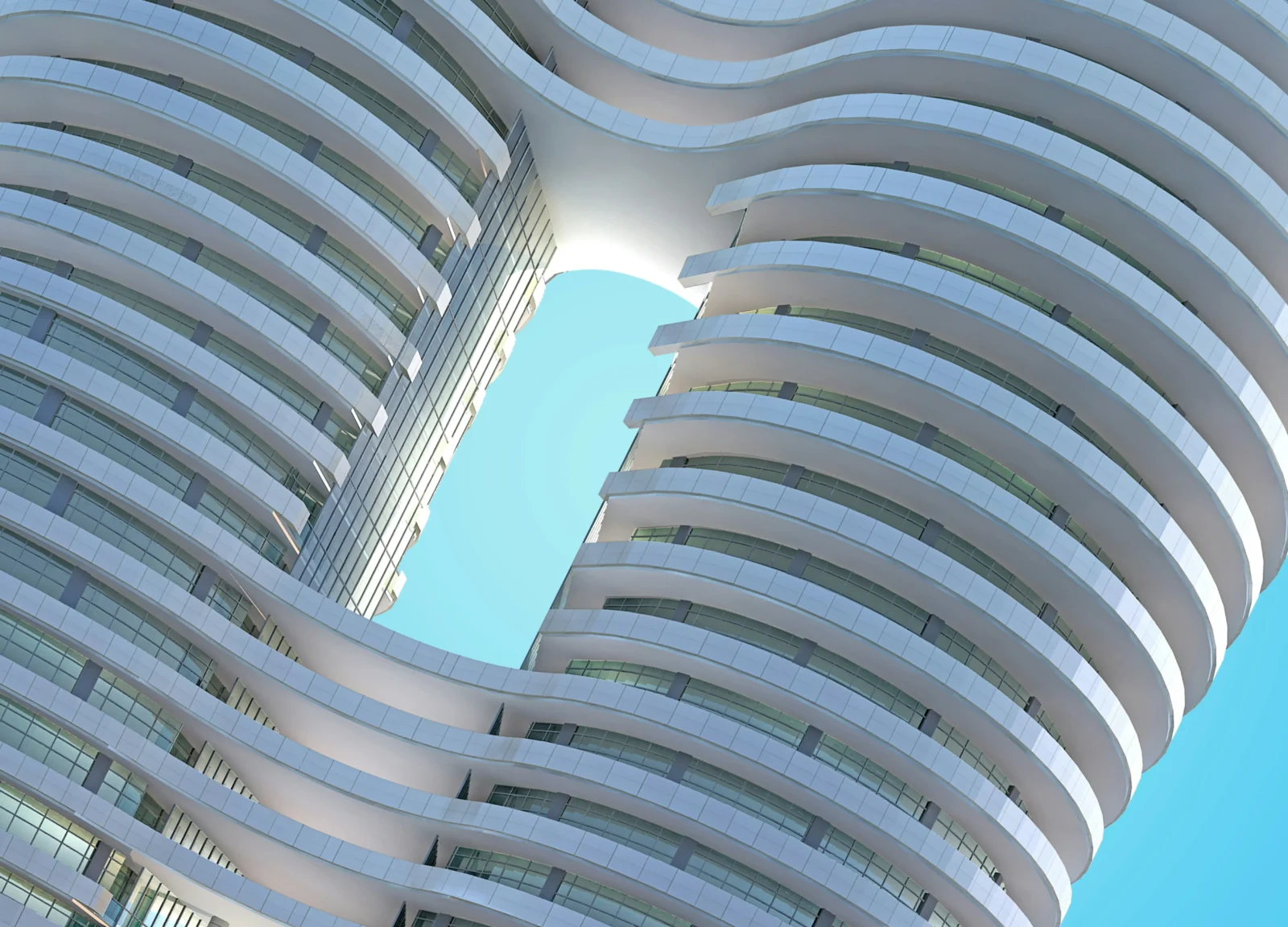
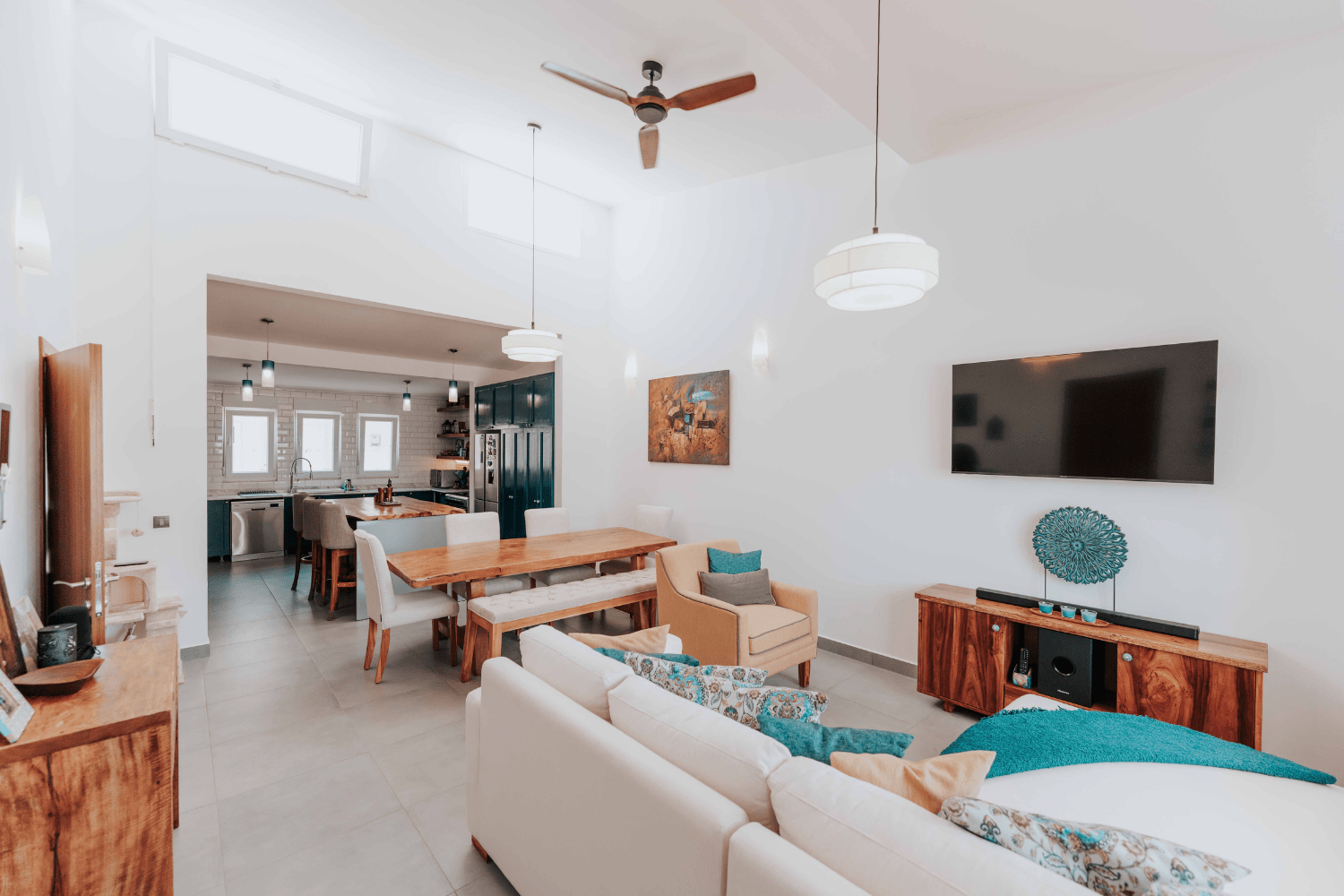
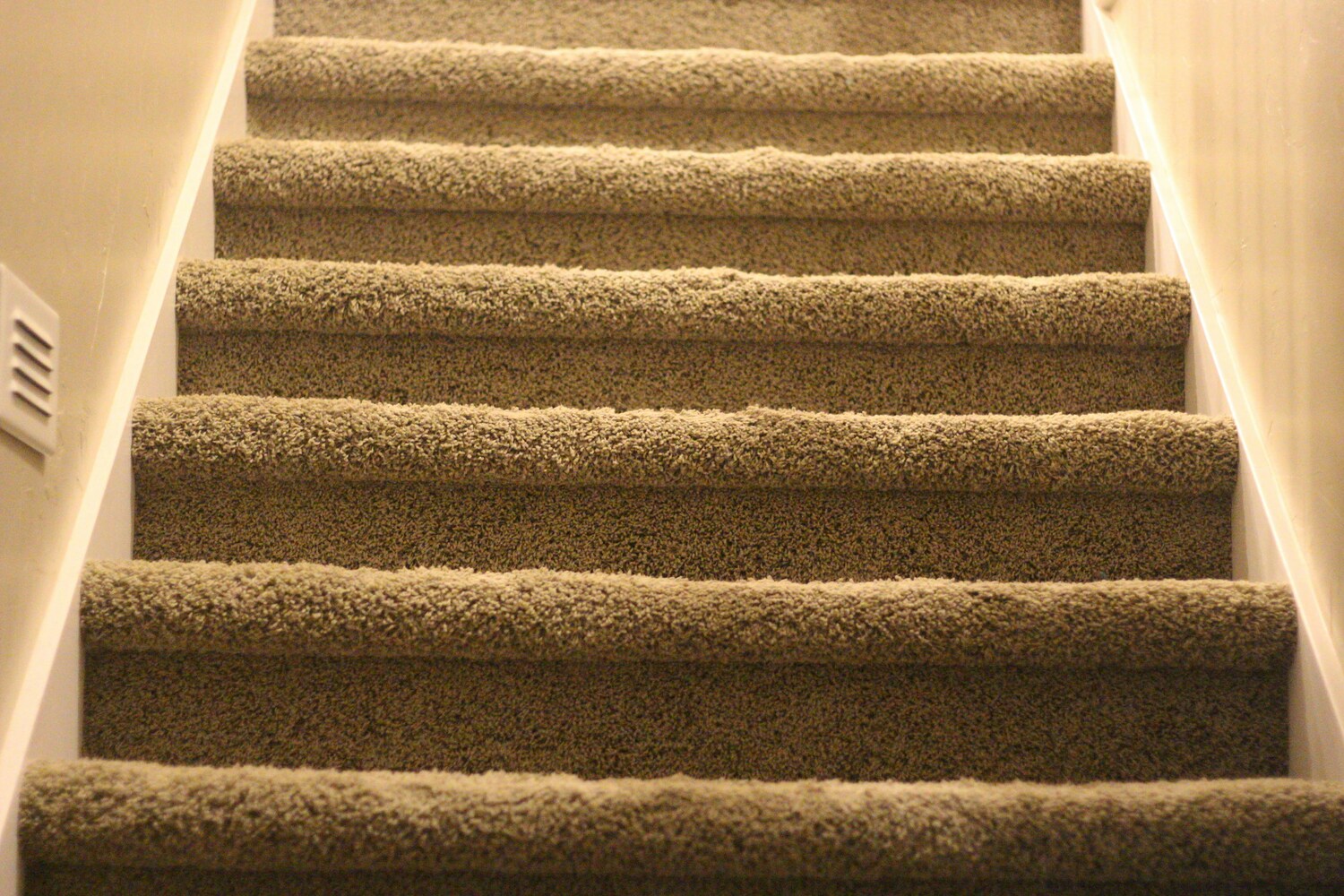
Leave a comment